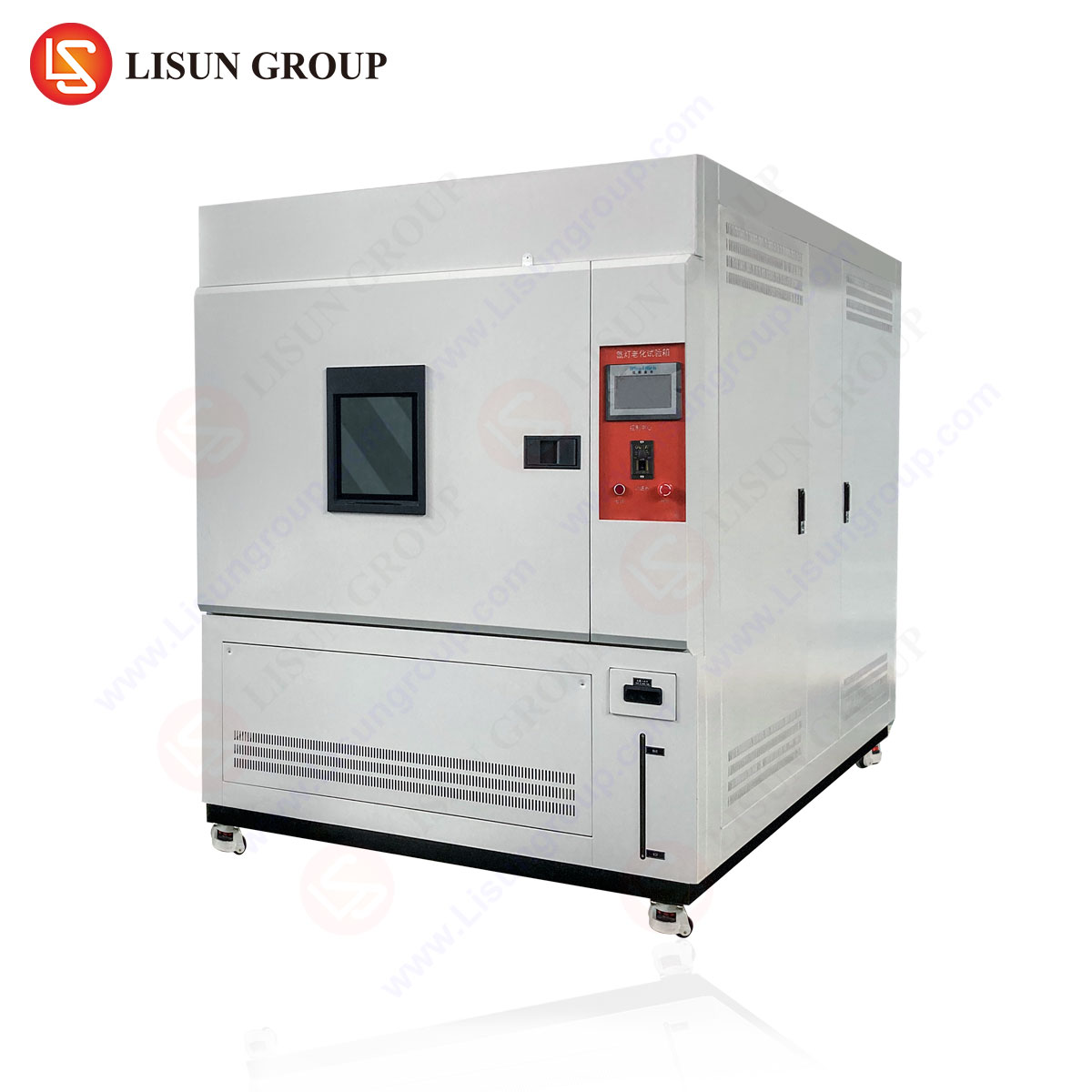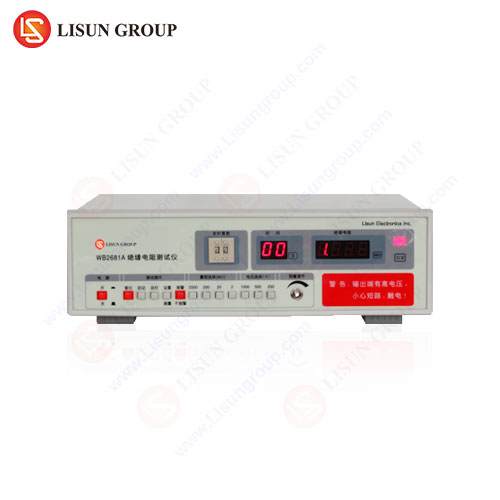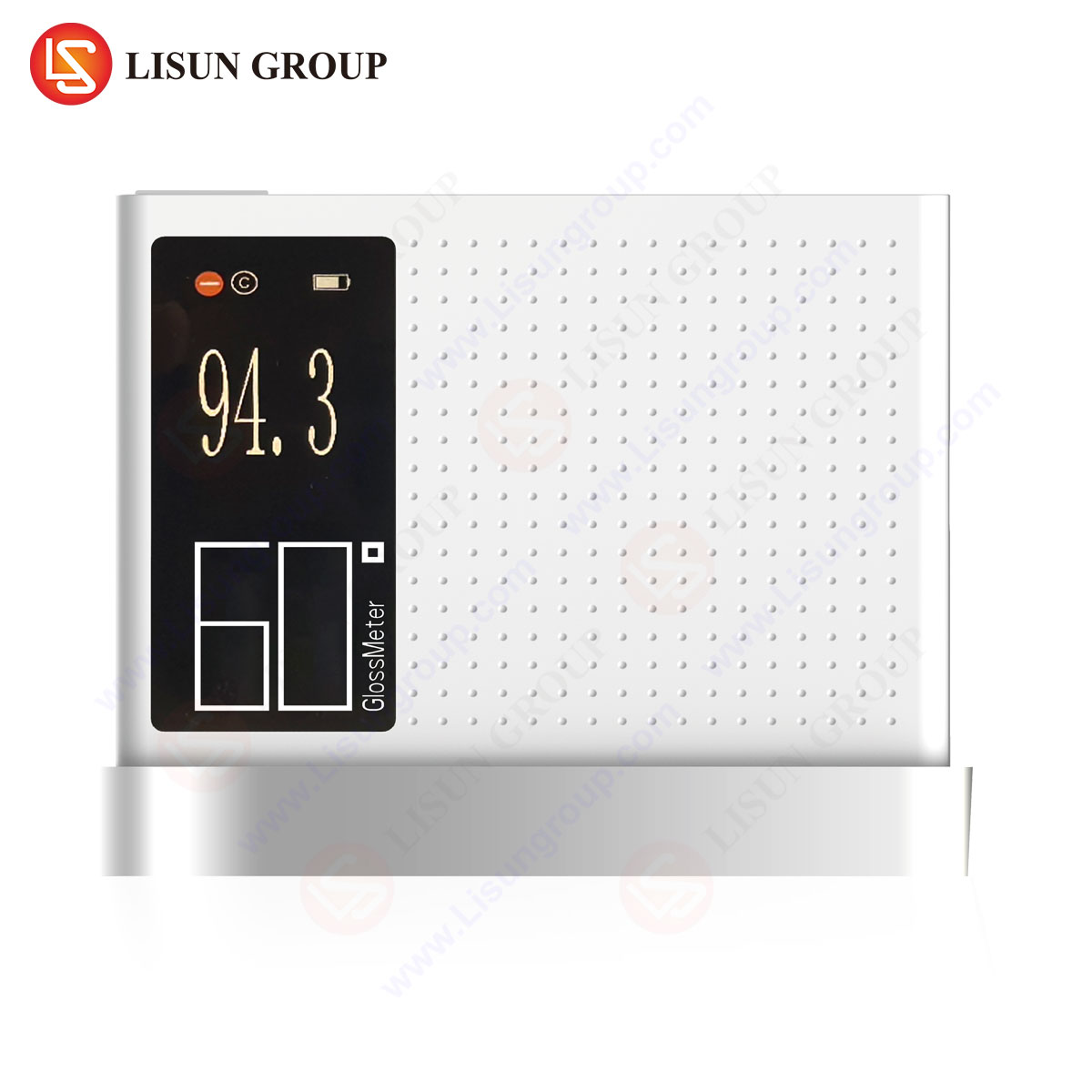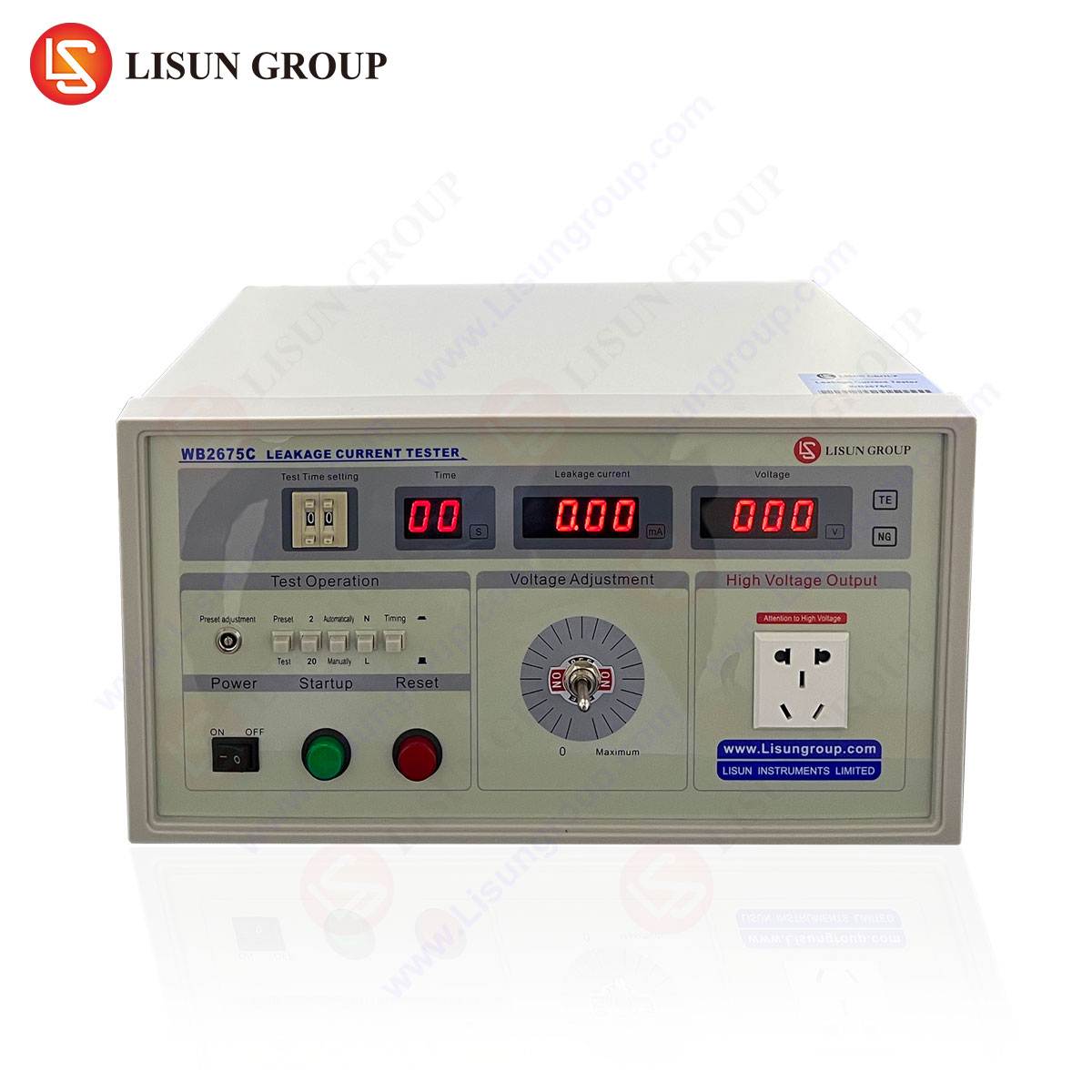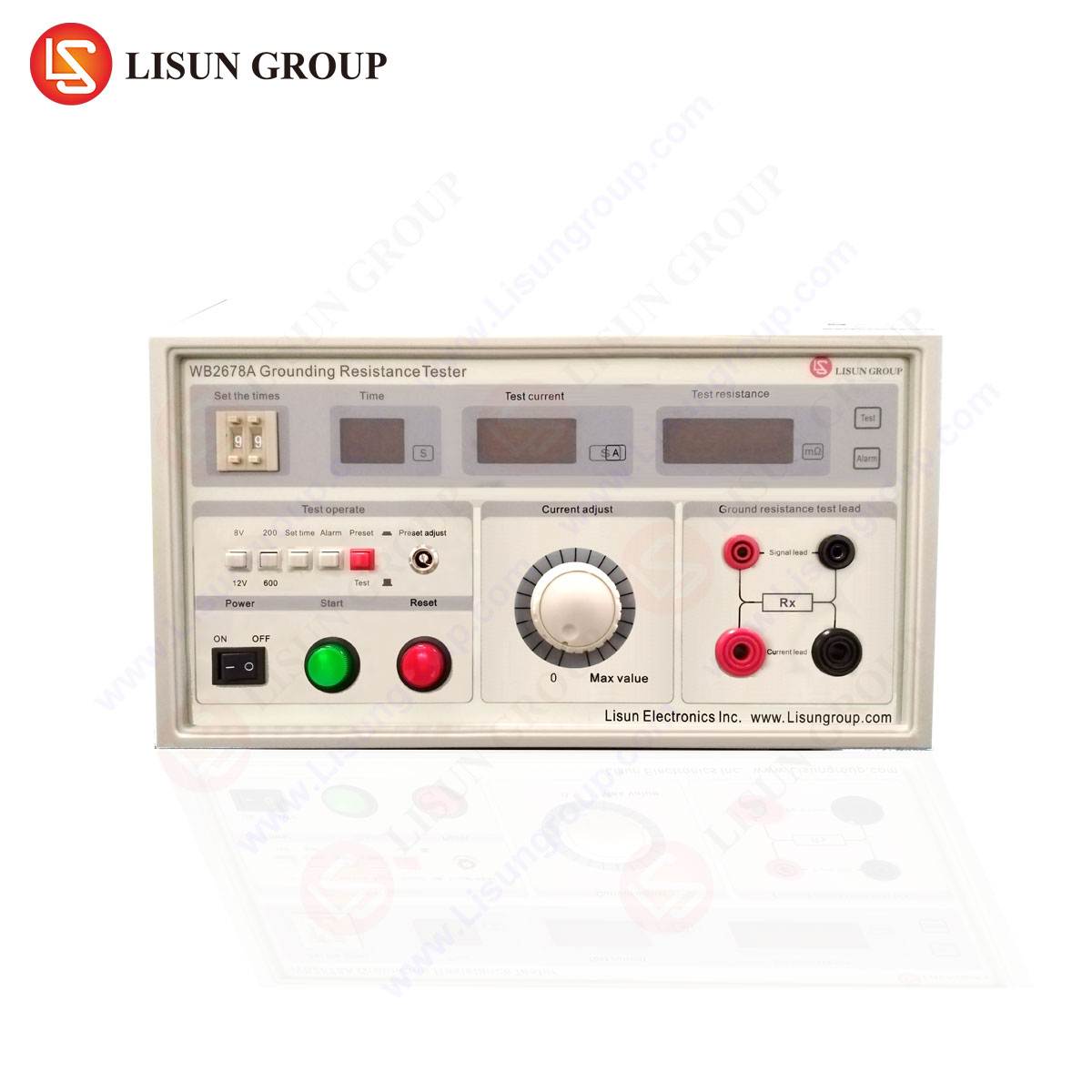Introduction to Leakage Current in Electrical Systems
Leakage current refers to the unintended flow of electrical current through non-conductive paths, such as insulation materials, parasitic capacitances, or grounding systems. This phenomenon occurs in virtually all electrical and electronic devices, ranging from household appliances to industrial control systems. While small leakage currents are often unavoidable, excessive leakage can compromise safety, efficiency, and regulatory compliance.
The implications of leakage current vary across industries. In medical devices, even microampere-level leakage can pose life-threatening risks. In automotive electronics, leakage may degrade battery performance or interfere with sensitive control circuits. Consequently, precise measurement and control of leakage current are critical in product design, manufacturing, and certification processes.
Fundamental Causes and Pathways of Leakage Current
Leakage current arises from multiple mechanisms, each contributing differently depending on the system’s design and operating conditions.
Capacitive Coupling and Insulation Breakdown
In alternating current (AC) systems, parasitic capacitance between conductive elements and grounded surfaces generates displacement currents. High-frequency switching in power electronics exacerbates this effect. Additionally, aging insulation materials or manufacturing defects can create conductive pathways, increasing leakage.
Conductive Leakage Through Contaminants
Environmental factors such as humidity, dust, or chemical residues reduce surface resistivity, enabling current leakage across insulating barriers. This is particularly problematic in industrial environments where equipment is exposed to moisture or conductive particulates.
Grounding System Imperfections
Faulty grounding or improper earthing introduces leakage paths. In three-phase systems, unbalanced loads or neutral-to-ground faults contribute to residual currents that may trip protective devices or violate safety standards.
Industry-Specific Implications of Leakage Current
Electrodomésticos e eletrónica de consumo
Leakage currents in devices like refrigerators, washing machines, or power adapters must remain below thresholds defined by IEC 60335-1 to prevent electric shock hazards. Testing ensures compliance with Class I (grounded) and Class II (double-insulated) equipment requirements.
Medical Devices and Patient Safety
Medical electrical equipment, governed by IEC 60601-1, imposes stringent limits (<10 µA for patient-connected devices). Leakage current testers verify adherence to these standards, minimizing risks in defibrillators, MRI machines, and surgical instruments.
Automotive Electronics and EV Systems
Electric vehicles (EVs) incorporate high-voltage battery systems where leakage currents can disrupt insulation monitoring devices (IMDs). Testing ensures isolation integrity, preventing malfunctions in traction inverters or onboard chargers.
Industrial Control and Telecommunications Equipment
Programmable logic controllers (PLCs) and telecom infrastructure rely on leakage current measurements to prevent signal interference and maintain electromagnetic compatibility (EMC).
Measurement Principles and Standards Compliance
Accurate leakage current assessment requires specialized instrumentation adhering to international standards such as:
- IEC 60990 (Methods of measurement of touch current and protective conductor current)
- UL 60730 (Automatic electrical controls for household and similar use)
- IEC 61010-1 (Safety requirements for electrical equipment for measurement, control, and laboratory use)
Testing methodologies include:
- Direct Measurement: Using a leakage current clamp meter or shunt resistor to quantify current flow.
- Differential Current Detection: Employing a residual current device (RCD) to identify imbalances between live and neutral conductors.
- Applied Voltage Testing: Subjecting insulation to elevated voltages (per IEC 61180) to evaluate breakdown characteristics.
The WB2675D Leakage Current Tester: Precision and Performance
O LISUN WB2675D Leakage Current Tester is engineered for high-accuracy measurements across diverse applications. Its design aligns with IEC 60990 and incorporates advanced features for industrial and laboratory environments.
Especificações principais
- Faixa de medição: 0.1 mA to 20 mA (AC/DC)
- Test Voltage: 0–250 V AC/DC, adjustable in 1 V increments
- Exatidão: ±(2% of reading + 5 digits)
- Frequency Bandwidth: 15 Hz to 1 kHz
- Normas de conformidade: IEC 60990, GB 4706.1, UL 60335
Metodologia de Teste
The WB2675D applies a controlled voltage to the device under test (DUT) while monitoring leakage paths via internal sensing circuits. Its programmable test sequences automate compliance verification for production-line testing.
Vantagens competitivas
- Multi-Functional Display: Simultaneously shows leakage current, test voltage, and frequency.
- Programmable Limits: Alerts users when leakage exceeds predefined thresholds.
- Construção robusta: Designed for harsh industrial environments with EMI shielding and overvoltage protection.
Mitigation Strategies for Leakage Current
Enhanced Insulation Materials
Utilizing high-dielectric-strength polymers (e.g., PTFE or silicone rubber) minimizes capacitive coupling and surface leakage.
Ground Fault Circuit Interrupters (GFCIs)
GFCIs detect leakage currents as low as 5 mA, disconnecting power before hazardous conditions arise.
Periodic Maintenance and Testing
Routine leakage current assessments prevent cumulative degradation in aging systems, particularly in aerospace and medical applications.
Secção FAQ
Q1: What is the maximum permissible leakage current for medical devices?
A: Per IEC 60601-1, patient-connected devices must limit leakage to <10 µA under normal conditions and <50 µA under single-fault conditions.
Q2: How does the WB2675D differ from standard multimeters in leakage testing?
A: Unlike multimeters, the WB2675D provides controlled test voltages, frequency-selective filtering, and compliance with IEC 60990’s network simulations for accurate touch current measurements.
Q3: Can leakage current affect data integrity in telecom equipment?
A: Yes, leakage-induced noise can disrupt low-voltage signaling in fiber-optic transceivers or network switches, necessitating periodic testing.
Q4: Why is automotive leakage testing critical for EVs?
A: High-voltage battery leakage can trigger insulation faults, leading to safety shutdowns or reduced driving range.
Q5: Does humidity influence leakage current readings?
A: Elevated humidity lowers surface resistivity, increasing leakage. The WB2675D’s environmental compensation ensures consistent results under varying conditions.


